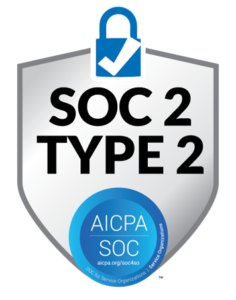Today’s Labor Management Systems tie into sophisticated production boards allowing for real-time announcements, recognition, and competition.
These production boards can be configured to include specific messaging and data per department or function within the building or be set up to be viewed by all associates in a central area.
Production boards offer an effective way for management to get a quick read on daily operations and so they can determine where things stand and adjust as necessary. According to MH&L, with a production board, “The supervisor doesn’t have to go behind a desk to learn about the status; while still on the floor, he can see if he needs to make any adjustments to make sure the task is done on time and to the customer’s satisfaction.”
While production boards work well to keep everyone informed, gamification takes things a step further by promoting employee engagement.
What is gamification?
Gamification is the process of adding games or gamelike elements to something (such as a task) so as to encourage participation. It has been shown to be successful in a variety of industries, including sales, education, health and wellness, design, enterprise, and retail. Gamification can be used for training and onboarding or for tracking employee achievements. It has a solid track record of producing results. FinancesOnline reports:- A survey showed that 88% of employees were happier at work after the introduction of gamification strategies (Spinify, 2020).
- Gamification enhances employee productivity by up 50% and employee engagement by 60% (eLearning Learning).
- 54% of new hires are highly productive because of gamified onboarding (McQuaig, 2021).
Gamification pros and cons
Gamification success has been tracked in a variety of settings, including warehouse operations, but that doesn’t make implementing it in your environment a no-brainer. There are both pros and cons to consider before you determine if gamification is right for you.Gamification pros
- Increase engagement and morale: One of the biggest values of gamification is increased employee engagement. Warehousing tasks by nature are repetitive which can lead to boredom and burnout. Gamification adds excitement and fun to routine tasks and motivates associates with competition. Improving employee engagement will result in lower employee turnover which is good for the bottom line.
- Boost productivity: Gamification allows you to set concrete goals for activities and enables you to determine if the goals are being met. It offers employees visibility into their personal performance and helps them benchmark against their peers. These capabilities fuel higher productivity which will ultimately reduce labor expenses.
- Improve recruiting efforts: As we’ve mentioned in a previous post, each generation is motivated by different things. Today’s younger workforce is geared to gamified processes. Implementing and integrating the gamification concept into your workplace will make your operations more attractive to younger, game-wise people.
Gamification cons
- Cost: A successful gamification system needs intensive planning, time, and resources to be well designed and implemented. Some operations will find this impossible within their financial constraints.
- Sustainability: When a new game is released, even if it is very good and engaging, associates will eventually tire of it. Because gamification in the warehouse is relatively new, its ability to motivate players for long periods is yet to be proven.
- Ethical issues: Perspectives of warehouse managers involved in gamification indicate concerns with cheating, neglecting health and safety procedures, extreme risk-taking, and other unethical actions aimed at taking individuals quickly to the top of a leader board. Gamification systems need to be fair for all employees and designed in a way that takes their mental health and well-being into account. A competitive culture can be problematic when implemented without proper attention to detail.

